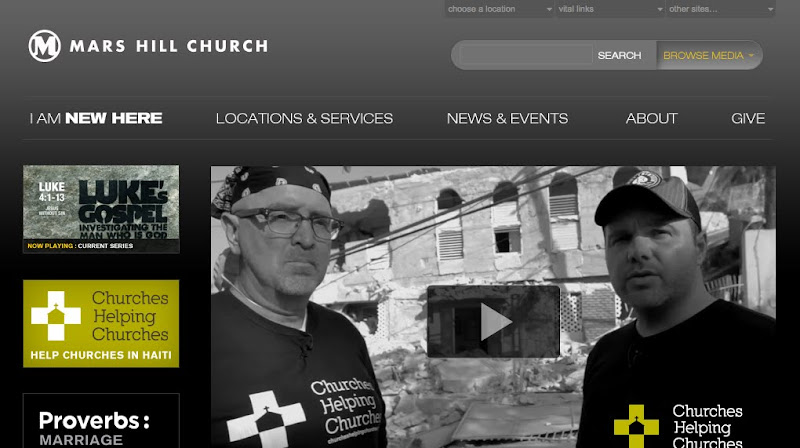I like these videos a lot. I come back to them occasionally. They have pretty huge explanatory power – but they are all sort of depressing and without lasting hope.
Life is amazing. And improbably. And amazingly improbable. And we all have different ways of dealing with the improbable hand we’ve been dealt.
This has been the pursuit of smart people since before the smart guy in Ecclesiastes (in the Bible) – but there haven’t been any particularly new answers. Life as we experience it is a vapour. Nothing is new.
These come from smart people: Ze Frank (The Time You Have – but seriously, check out his animal videos), Leonard Read (I, Pencil) and David Foster Wallace (This is Water).
They all kind of remind me of the Wisdom literature – which I spent a fair bit of time reading for my thesis thing. They’re also a bit like sermons. Sermons about what it means to be human.
This is Water
http://www.youtube.com/watch?v=DaVrn1Sz0H8
The video misses what I think is the most pertinent point Wallace made in the speech. Which was given to a bunch of graduating students.
“This, I submit, is the freedom of a real education, of learning how to be well-adjusted. You get to consciously decide what has meaning and what doesn’t. You get to decide what to worship.
Because here’s something else that’s weird but true: in the day-to day trenches of adult life, there is actually no such thing as atheism. There is no such thing as not worshipping. Everybody worships. The only choice we get is what to worship. And the compelling reason for maybe choosing some sort of god or spiritual-type thing to worship — be it JC or Allah, bet it YHWH or the Wiccan Mother Goddess, or the Four Noble Truths, or some inviolable set of ethical principles — is that pretty much anything else you worship will eat you alive. If you worship money and things, if they are where you tap real meaning in life, then you will never have enough, never feel you have enough. It’s the truth. Worship your body and beauty and sexual allure and you will always feel ugly. And when time and age start showing, you will die a million deaths before they finally grieve you. On one level, we all know this stuff already. It’s been codified as myths, proverbs, clichés, epigrams, parables; the skeleton of every great story. The whole trick is keeping the truth up front in daily consciousness.
Worship power, you will end up feeling weak and afraid, and you will need ever more power over others to numb you to your own fear. Worship your intellect, being seen as smart, you will end up feeling stupid, a fraud, always on the verge of being found out. But the insidious thing about these forms of worship is not that they’re evil or sinful, it’s that they’re unconscious. They are default settings.”
He’s so close to nailing the Christian understanding of idolatry.
But here are the other two…
The Time You Have in Jelly Beans
I, Pencil
I, Pencil does get a little bit theological.
There is a fact still more astounding: The absence of a master mind, of anyone dictating or forcibly directing these countless actions which bring me into being. No trace of such a person can be found. Instead, we find the Invisible Handat work.
… Since only God can make a tree, I insist that only God could make me. Man can no more direct these millions of know-hows to bring me into being than he can put molecules together to create a tree.
I tried to find an equally compelling video about life following Jesus – because his arrival on earth changes up the vapour verdict of Ecclesiastes, provides a different understanding of the “water” that surrounds us, that we breathe in, that defines our reality, provides a different way for us to think about our jelly beans or days on the earth, and how to spend them, and his amazingly improbable life – God made man, murdered and resurrected to redefine our humanity – is a greater story than the improbable and amazing story of the pencil. Or any human ingenuity.
The best I’ve got is this one – a sermon Jam from David Platt.
This one isn’t bad either. I don’t mind the “sermon jam” as a genre.
http://www.youtube.com/watch?v=I2e5H-LSzkU
And Francis Chan’s “God is Better” is a nice counter point to “This is Water”…
http://www.youtube.com/watch?v=W-pLRM0rgjE














